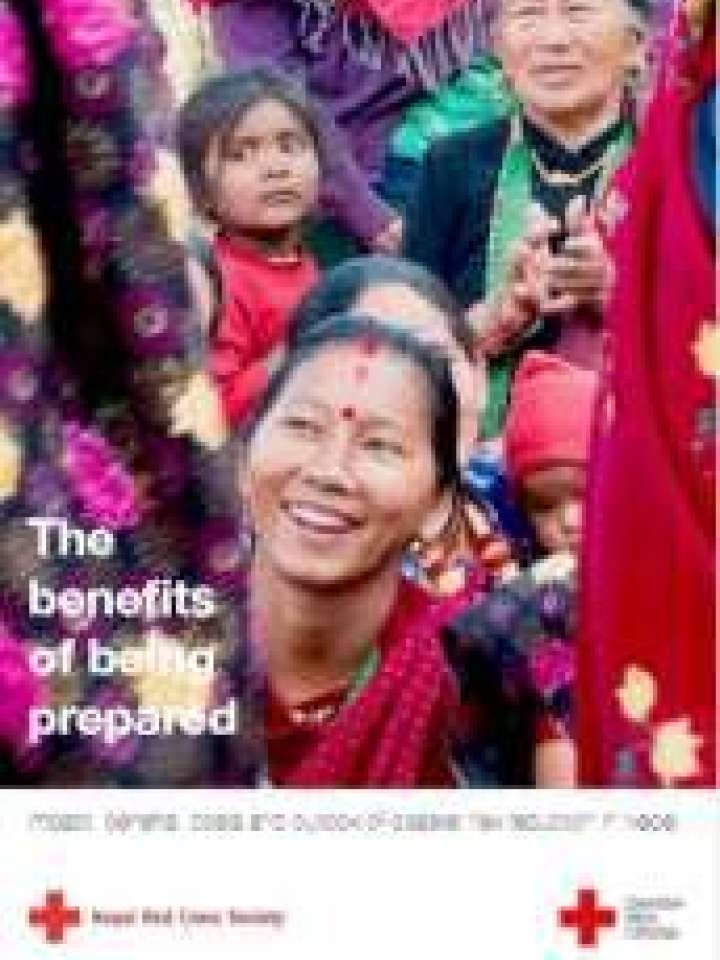The benefits of being prepared: impact, benefits, costs and outlook of disaster risk reduction in Nepal
This study seeks to assess the difference that disaster risk reduction (DRR) made: were project-supported communities in fact better prepared, and to what extent? If so, what was the impact in terms of avoided damages and losses? Finally, to what extent did the benefts justify the project costs? While seeking to learn from past experience (what worked well and why, what did not?) to inform future programming, the study aims to add evidence to the growing literature of impact and cost-beneft analysis (CBA) of disaster risk reduction.
Using a mixed-method research design, the study looks at project-supported communities in two areas - one that was affected by the 2015 earthquake (Lamjung) and another affected by severe foods in 2017 (Bardiya and Banke). The study also builds on previous reviews conducted by DRC, aiming to consolidate and enhance learning. Ultimately, it is hoped that this study will assist humanitarian agencies and donors in the planning and prioritisation of future pre-disaster interventions in Nepal and elsewhere.
Explore further
